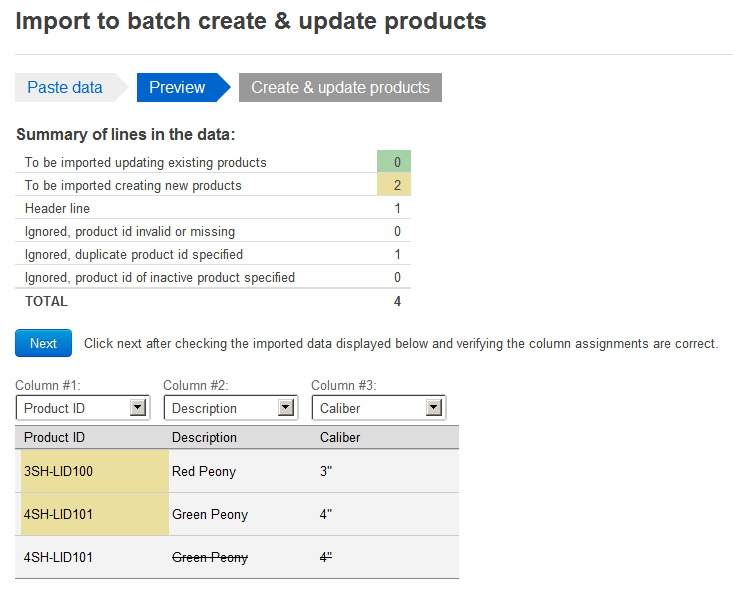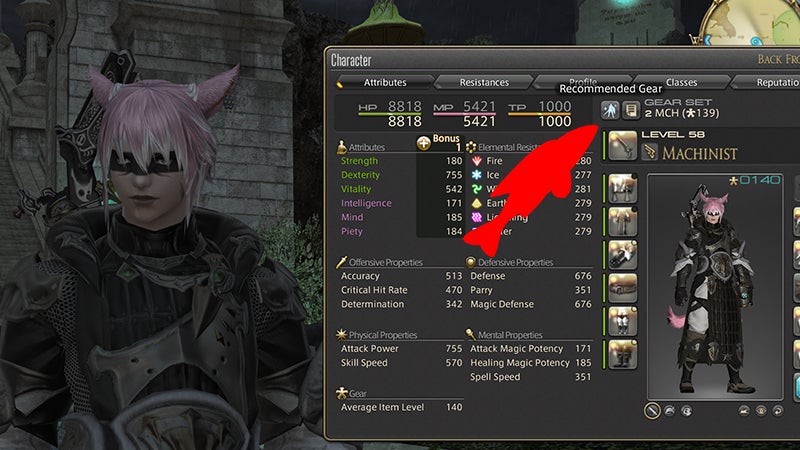
In turn, you can order more products to fill up the inventory.

SKUs allow you to see how frequently customers purchase certain products.
See sales trends: When you use SKUs to keep track of inventory, you can closely view sales trends. When you implement SKUs into your business, you could experience many benefits, including: #Finale inventory getting started code
For example, a pair of Air Jordan in size 9 would have the same UPC code as a size 10 Air Jordans. The GS1 issues barcodes for items, and they’re identical in every area of the supply chain. But UPCs are the same across every product.
Uniqueness: Every SKU is unique, according to the retailer’s preferences. Overall, UPCs are for sales, while SKUs are for inventory. They have more external use, such as tracking a product’s progress through the supply chain. The UPC symbolizes the company that manufactured the product. While businesses use SKUs to track internal inventory, UPCs have different uses.  Purpose: SKUs and UPCs also have different purposes. You can clearly distinguish between the two types by checking to see if it uses letters and if it’s any other length than 12 numbers long. Format: SKUs use letters and numbers to identify products, and they can vary in length between four and eight units. However, the two units have some key differences, such as: Both of these codes are included on barcodes and used for inventory tracking. If you’re new to inventory management, you might be confused about the difference between SKU codes and UPCs. UPCs, or universal product codes, are also used frequently in retail. What Is the Difference Between SKU and UPC Codes? Employees can also use SKUs to find items more quickly, accelerating the distribution process. By scanning the barcode, they can signal that a customer has purchased an item and keep inventory accurate. Employees can use SKU codes to maximize the organizational space. Distribution: SKUs are particularly helpful for warehouse and stock management. You can also keep your stock more organized in your backroom with SKUs, which makes it easier for associates to retrieve products and bring them to buyers. This process streamlines a customer’s experience, keeping them satisfied during buying. Then, they can accurately inform the customer about the item’s availability. If a customer enters your store and requests a specific item, retail associates can type in the SKU code to quickly search the in-store stock. Customer service: Stock keeping units can also help with enhancing customer experience. Inventory accuracy is crucial for overall business success. These codes assist businesses with maintaining an accurate count of products on their shelves. SKUs help you keep track of these products as they return to stores. Customers buy products, then return or exchange them as necessary. Whether you work at a retail store or warehouse, inventory constantly moves in and out. Inventory management: A major part of the stock keeping unit definition is inventory management. They can group items with similar SKUs together, making it simpler to count, record and manage inventory overall. By scanning the number, they’ll have information on where the product belongs. Organization: After training, retail associates and managers can use stock keeping units to understand more about an item. Here are other reasons that businesses use SKUs:
Purpose: SKUs and UPCs also have different purposes. You can clearly distinguish between the two types by checking to see if it uses letters and if it’s any other length than 12 numbers long. Format: SKUs use letters and numbers to identify products, and they can vary in length between four and eight units. However, the two units have some key differences, such as: Both of these codes are included on barcodes and used for inventory tracking. If you’re new to inventory management, you might be confused about the difference between SKU codes and UPCs. UPCs, or universal product codes, are also used frequently in retail. What Is the Difference Between SKU and UPC Codes? Employees can also use SKUs to find items more quickly, accelerating the distribution process. By scanning the barcode, they can signal that a customer has purchased an item and keep inventory accurate. Employees can use SKU codes to maximize the organizational space. Distribution: SKUs are particularly helpful for warehouse and stock management. You can also keep your stock more organized in your backroom with SKUs, which makes it easier for associates to retrieve products and bring them to buyers. This process streamlines a customer’s experience, keeping them satisfied during buying. Then, they can accurately inform the customer about the item’s availability. If a customer enters your store and requests a specific item, retail associates can type in the SKU code to quickly search the in-store stock. Customer service: Stock keeping units can also help with enhancing customer experience. Inventory accuracy is crucial for overall business success. These codes assist businesses with maintaining an accurate count of products on their shelves. SKUs help you keep track of these products as they return to stores. Customers buy products, then return or exchange them as necessary. Whether you work at a retail store or warehouse, inventory constantly moves in and out. Inventory management: A major part of the stock keeping unit definition is inventory management. They can group items with similar SKUs together, making it simpler to count, record and manage inventory overall. By scanning the number, they’ll have information on where the product belongs. Organization: After training, retail associates and managers can use stock keeping units to understand more about an item. Here are other reasons that businesses use SKUs: 
They are extremely helpful for managing inventory and differentiating between products quickly. How Are SKUs Used?īusinesses use SKUs for many different functions. Each business serves as a SKU generator, as they create their own. Because all SKU codes are unique to each business, they can organize and use them according to their preferences. Businesses can quickly scan barcodes to read information about product availability and other important data. Retailers can use SKU numbers to organize their products and track inventory. The order of SKU numbers varies by retailer preference.Įach alphanumeric symbol in a SKU represents a different product detail, such as:įor instance, a SKU example for a green shirt with a 40-inch chest size might look like: SH-40-GRN. Typically four to eight units long, a SKU consists of numbers and letters. You can view stock keeping units on each product’s barcode. SKU numbers are unique for each product in stores, warehouses and other retail management systems. What Is a SKU Number?įirst things first, the term SKU refers to a stock keeping unit. But what does SKU stand for, and how are they used in inventory management? Here is an overview of SKU numbers. Inventory professionals use these frequently for various inventory operations.

These codes help you organize products and maintain inventory accuracy, which is crucial for business success. Retailers and manufacturers use a variety of identification methods during inventory management.








 0 kommentar(er)
0 kommentar(er)
